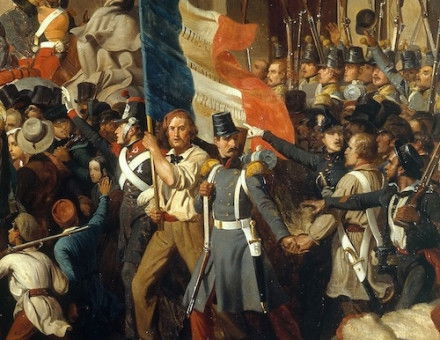Murder and Justice Medieval Style: The Pashley Case, 1327-8
The murder of young Edmund de Pashley uncovered a family feud that illuminates the realities of late-medieval crime.
On March 13th, 1328, thirteen-year old Edmund de Pashley and his valet were murdered at Coulsdon in Surrey, some forty miles from their home in Sussex. A callous crime certainly, even by the standards of the fourteenth century, but seen in isolation it is no more than that. Seen in the context of the family feud, that followed, however, it can shed light on the causes of upper-class crime in the late middle ages. What makes the double-murder at Coulsdon interesting for the historian is that the body of documentation to which it gave rise enables us to say something about the motive of the assailants and to examine the consequences of their actions.





